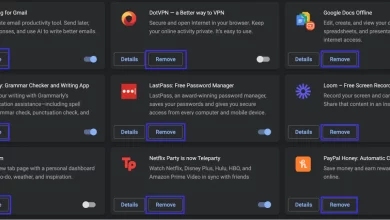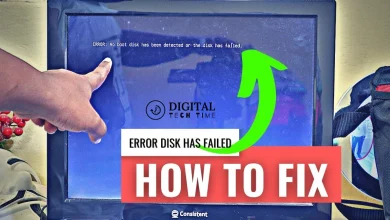How to Fix ‘No Boot Device Found’ Error in Windows 7

Imagine this: you sit at your computer, ready to get some work done or watch your favorite movie, only to be greeted by a glaring message on your screen – “No boot device found.” Panic sets in as you realize your Windows 7 operating system cannot start. What do you do now?
No boot device issues in Windows 7 can be frustrating. Whether it’s due to a failed hard drive, corrupt system files, or misconfigured boot settings, this problem can leave you feeling helpless. But fear not—there are solutions available to get you back up and running!
Table of Contents
Understanding the ‘No Boot Device’ Error on Windows 7
Are you encountering the dreaded ‘No Boot Device’ error on your Windows 7 computer? Don’t worry, you’re not alone. This error typically occurs when the computer cannot find a suitable boot device to load the operating system. While frustrating, this issue can often be resolved with a few troubleshooting steps. In this guide, we’ll walk you through dealing with the ‘No Boot Device’ error on Windows 7.
Step 1: Check Hardware Connections
The first step in resolving the ‘No Boot Device’ error is to ensure that all hardware connections are properly secured. Often, this error can occur due to loose connections between the hard drive and the motherboard. Here’s what you can do:
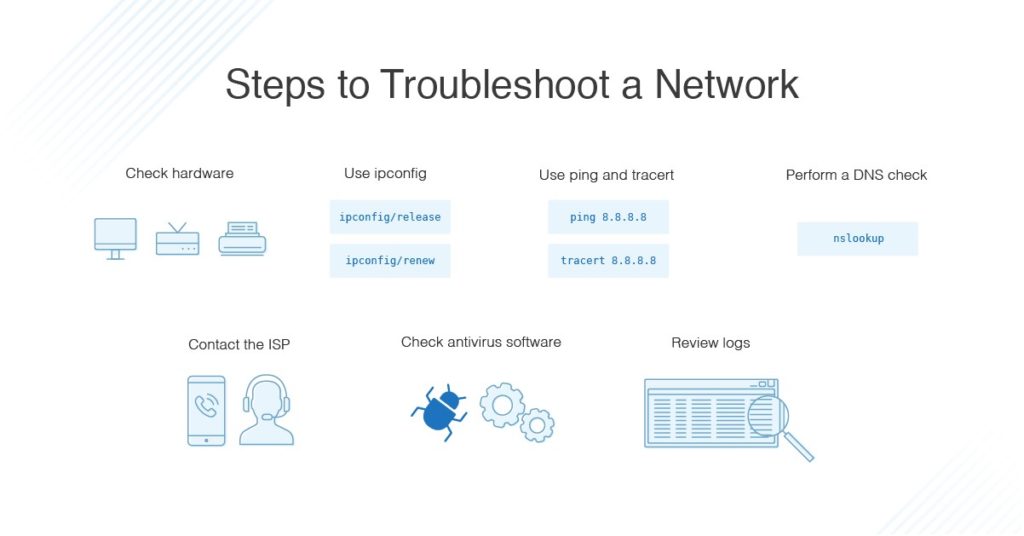
- Turn off the computer and unplug it from the power source.
- Open the computer case and locate the hard drive.
- Check the cables connecting the hard drive to the motherboard. Ensure that they are plugged in securely.
- If the cables seem loose, remove them and reinsert them firmly. Consider replacing the wires if necessary.
- Once you’ve checked and secured all connections, close the computer case and plug it back into the power source.
After you’ve ensured that the hardware connections are secure, try booting up your computer again. If the ‘No Boot Device’ error persists, proceed to the next step.
Step 2: Check Boot Order in BIOS
The next step is to check the boot order in your computer’s BIOS settings. The boot order determines which devices the computer looks for an operating system to load. You may encounter the ‘No Boot Device’ error if the order needs to be corrected. Here’s how you can check and modify the boot order:

- Restart your computer and look for the key you need to press to enter the BIOS setup. It is usually displayed on the screen during the boot process, and it may be something like ‘F2’ or ‘Delete.’
- Once you’re in the BIOS setup, navigate to the ‘Boot’ or ‘Boot Order’ section. The exact location may vary depending on your motherboard manufacturer.
- Check the boot order sequence and ensure the hard drive with your Windows 7 installation is listed as the first boot device. You can use the arrow keys to move devices up or down the list.
- If the boot order is incorrect, select the hard drive and use the designated key (usually ‘+,’ ‘-‘) to move it to the top of the list.
- Save the changes and exit the BIOS setup. Your computer will restart.
Once your computer restarts, check if the ‘No Boot Device’ error has been resolved. If not, move on to the next step.
Step 3: Check for Hard Drive Issues
If the previous steps haven’t resolved the ‘No Boot Device’ error, there may be an issue with the hard drive. Here’s what you can do to check for any challenging drive problems:
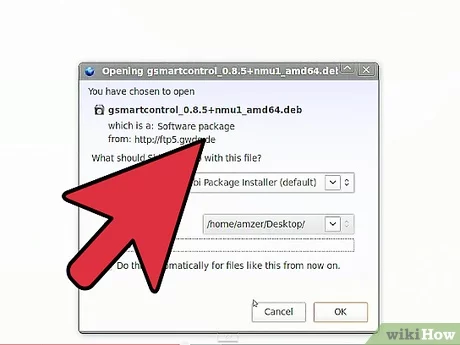
- Restart your computer and enter the BIOS setup again.
- Navigate to the ‘Storage’ or ‘Advanced’ section and look for an option to run a hard drive diagnostic test. The exact wording may vary depending on your motherboard manufacturer.
- Run the diagnostic test and follow any on-screen instructions. This test will check for any errors or issues with your hard drive.
If the test reveals any errors, it may indicate that your hard drive is failing and needs to be replaced. In such cases, it is recommended to back up your data immediately and consult a professional for further assistance.
Step 4: Repair or Reinstall Windows 7
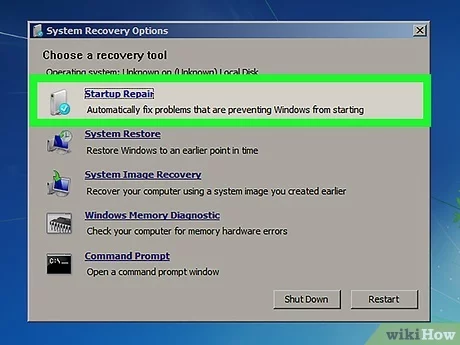
If none of the previous steps have resolved the ‘No Boot Device’ error, you may need to repair or reinstall Windows 7 to fix any software-related issues. Here are two options you can try:
Option 1: Startup Repair
Windows 7 includes a Startup Repair tool to help fix common boot issues. Here’s how you can use it:
- Insert your Windows 7 installation or system repair disc and restart your computer.
- Follow the on-screen prompts to boot from the disc.
- Select your language preferences and click ‘Next.’
- Click ‘Startup Repair’ and let the tool scan your computer for any issues.
- If the tool detects any problems, it will attempt to fix them automatically. Follow any additional instructions provided.
Option 2: Reinstall Windows 7
If the Startup Repair tool doesn’t resolve the ‘No Boot Device’ error, you may need to reinstall Windows 7. Here’s how you can do it:
- Insert your Windows 7 installation disc and restart your computer.
- Follow the on-screen prompts to boot from the disc.
- Select your language preferences, click ‘Next’, and then click ‘Install Now’.
- Follow the instructions to reinstall Windows 7. Make sure to select your existing installation when prompted.
- After the reinstallation is complete, update your drivers and reinstall any necessary software.
Once you’ve repaired or reinstalled Windows 7, check if the ‘No Boot Device’ error has been resolved. If the issue persists, it may be advisable to seek professional help in diagnosing and fixing the problem.
Step 5: Seek Professional Assistance
If you’ve followed all the steps mentioned above and cannot resolve the ‘No Boot Device’ error on your Windows 7 computer, it may be time to seek assistance from a professional. They have the expertise and specialized tools to diagnose and fix complex hardware and software issues. Contact your manufacturer or a trusted computer technician for further guidance and support.
Dealing with the ‘No Boot Device’ error on Windows 7 can be challenging, but following the steps outlined in this guide can help you resolve the issue and get your computer back up and running smoothly.
Also Read: How to Fix Headphones Not Working in Windows 10
Frequently Asked Questions
If you are encountering the “no boot device windows 7” error, it can be pretty frustrating. But don’t worry, we’re here to help! Below are some of the most frequently asked questions about this issue and their answers.
1. Why am I seeing the “no boot device windows 7” error?
The “no boot device windows 7” error usually occurs when your computer cannot find a bootable device to start Windows 7. This could be due to various reasons, such as a faulty hard drive, incorrect boot order settings in BIOS, or a corrupted Windows installation.
To resolve this issue, you must troubleshoot the possible causes and take appropriate actions to fix them.
2. How can I fix the “no boot device windows 7” error?
To fix the “no boot device Windows 7” error, you can try the following steps:
Step 1: Check your computer’s boot order settings in BIOS. Ensure the hard drive with Windows 7 installed is set as the primary boot device. You may need to consult your computer’s manual or manufacturer’s website for instructions on accessing the BIOS settings.
Step 2: Ensure the hard drive is correctly connected to your computer. Check the cables and connections to make sure that everything is secure.
Step 3: Test the hard drive on another computer to see if it’s functioning correctly. If not, you may need to replace it.
Step 4: If the above steps don’t work, you can repair the Windows 7 installation using the installation disc or USB drive. Boot your computer from the installation media and select the repair option.
3. Can I recover my data if I see the “no boot device windows 7” error?
You may be worried about your data if you cannot boot into Windows 7 due to the “no boot device windows 7” error. The good news is that your data can still be recovered in many cases.
You can remove the hard drive from your computer and connect it to another computer as a secondary drive or use an external hard drive enclosure. This will allow you to access and copy your files to another storage device.
If you are not comfortable with doing this yourself, you can seek the assistance of a professional data recovery service.
4. Is it possible to reinstall Windows 7 if I encounter the “no boot device windows 7” error?
If you cannot fix the “no boot device Windows 7” error and want to start fresh, you can reinstall Windows 7. Here are the steps to reinstall Windows 7:
Step 1: Backup your important files and data to an external storage device.
Step 2: Insert the Windows 7 installation disc or USB drive into your computer.
Step 3: Restart your computer and boot from the installation media. You may need to change the boot order settings in BIOS.
Step 4: Follow the on-screen instructions to reinstall Windows 7. During the installation process, select the option to format the hard drive.
5. Can I upgrade to a newer version of Windows instead of fixing the “no boot device windows 7” error?
If you encounter the “no boot device windows 7” error and consider upgrading to a newer version of Windows, it is undoubtedly an option. However, there are a few things to consider:
Compatibility: Make sure that your computer meets the minimum system requirements for the newer version of Windows.
Cost: Upgrading to a newer version of Windows may require purchasing a license.
Data backup: Before upgrading.
Conclusion
In conclusion, encountering a “No Boot Device” error on Windows 7 can be frustrating. Still, it is often solvable with a few troubleshooting steps. Start by ensuring all connections are secure and the BIOS settings are correct. If the problem persists, consider the health of your hard drive and the integrity of the boot sector. Utilizing tools like Windows Recovery Environment can be invaluable for repairing or reinstalling the boot manager and correcting any underlying issues. Ultimately, none of these solutions resolves the error. In that case, it may be necessary to consider hardware replacement or professional technical support. Remember, regular backups are crucial to avoid data loss in situations like this.


